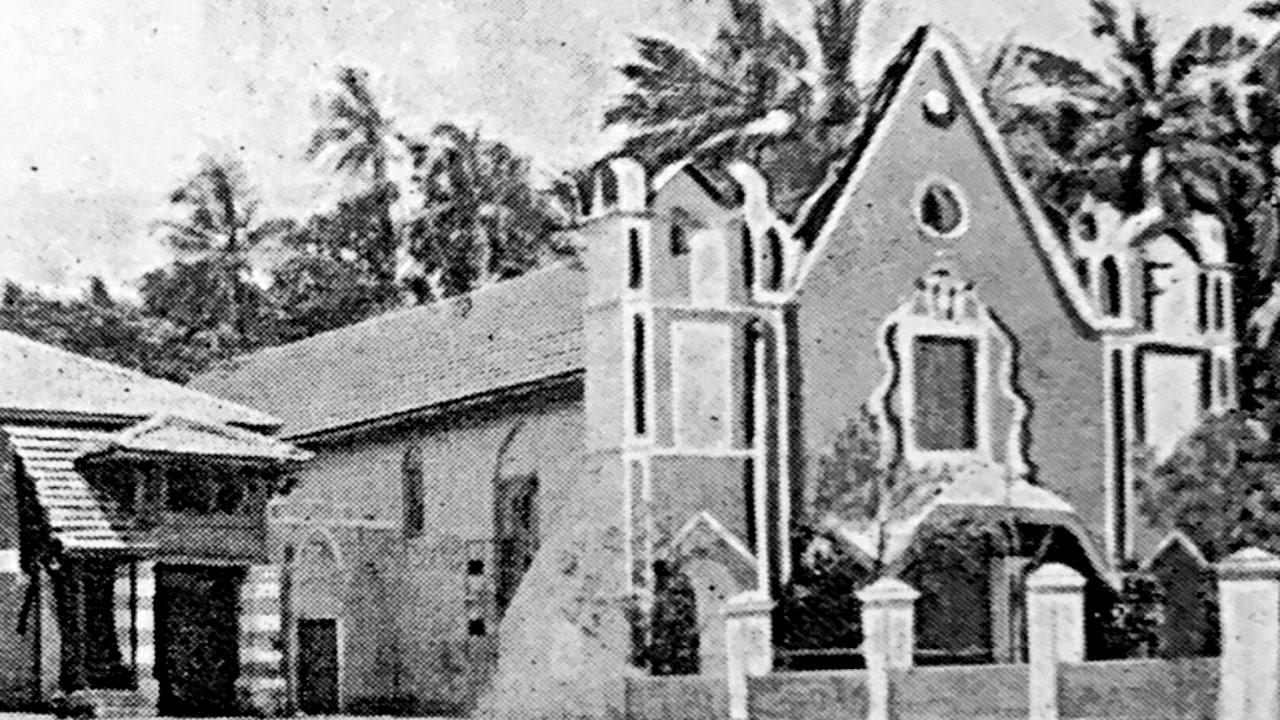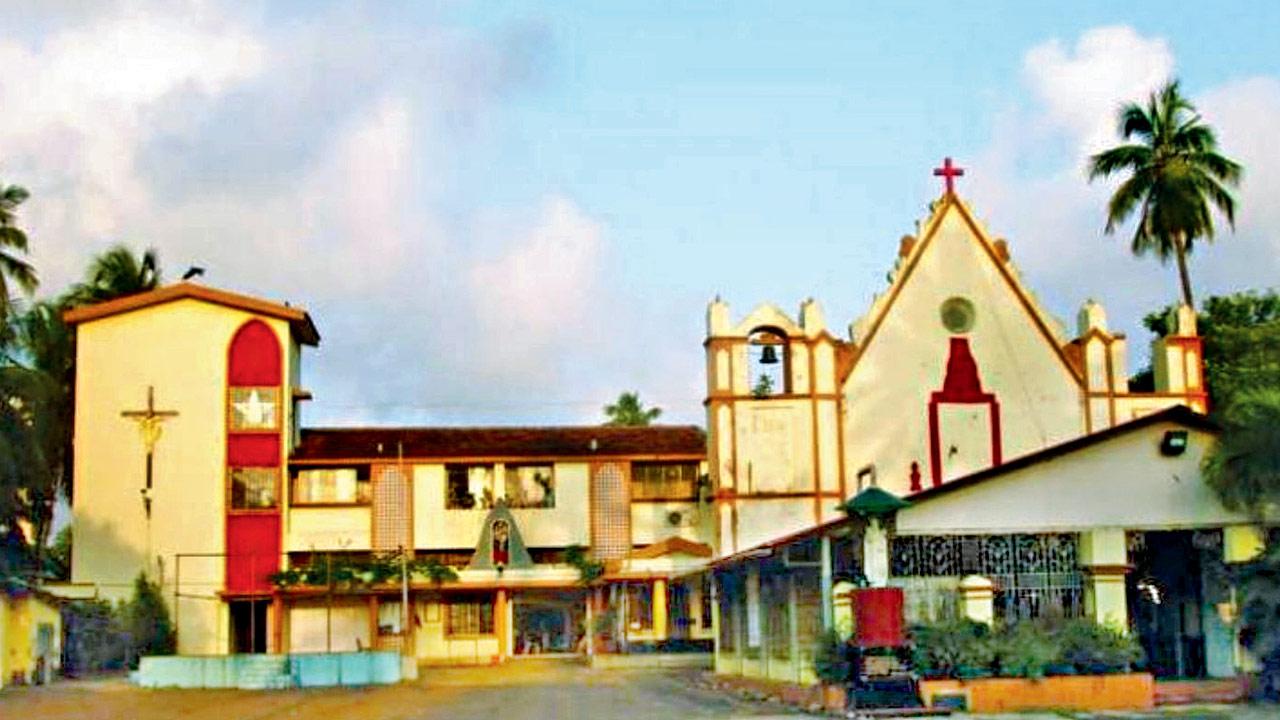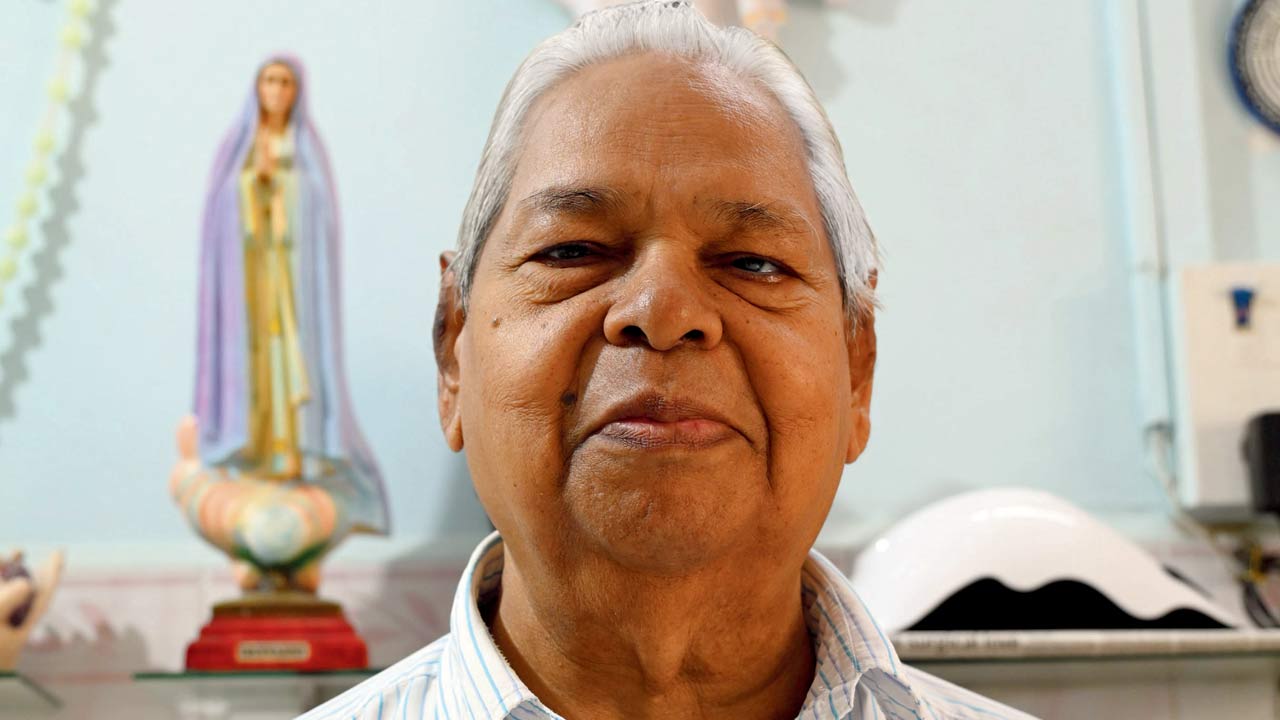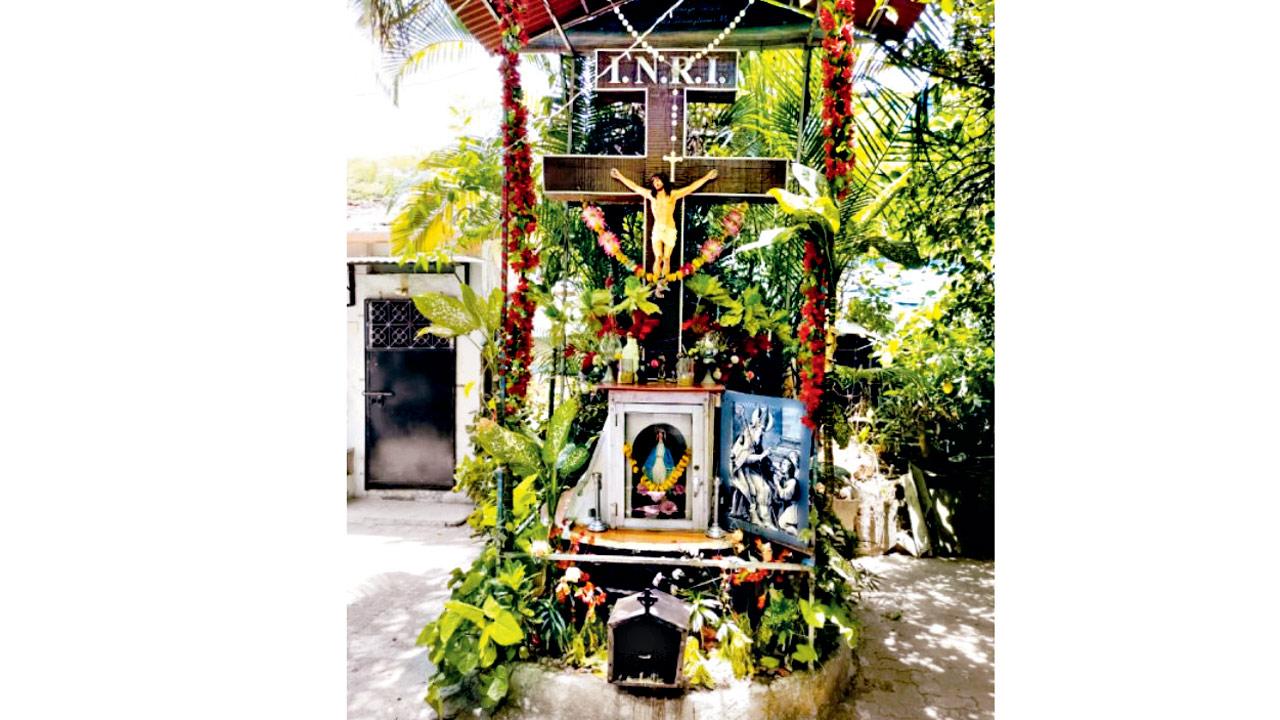In his meticulously crafted booklet, an 82-year-old priest and scholar explores Mumbai’s Andheri West villages’ rich heritage

A view of the Versova fishing village
Every time you meet Fr Milton Gonsalves at the 444-year-old Holy Cross Church’s rectory in Kurla, you experience a sense of calm. However, the 82-year-old revered priest and scholar — whose career includes roles as priest, principal, and Dean of the Bandra Deanery within the Bombay Archdiocese — still carries a fire in his belly. Fr Gonsalves is passionate about East Indian culture, which he often explores in his books on the community’s social, religious, and historical aspects. Having written about the East Indian villages of Thane, Kurla, Kalina, Uttan, and Dharavi islands, his latest work centres on the neighbourhood of Andheri. “I would like to share my knowledge about various places I have worked as a priest,” he says humbly.
ADVERTISEMENT
Also Read: Mid-Day Special | Why Uttan, Mumbai’s hidden village near Bhayander, should be on your travel list

An archival picture of Our Lady of Health, Versova
The Andheri West Villages booklet meticulously chronicles the rich cultural heritage, architectural beauty, and community life of the unique neighbourhood. The narrative intertwines the evolution of these communities with the city’s rapid urbanisation, offering a thoughtful reflection on the impact of modernisation on historical spaces.
What stands out is the booklet’s balance between historical depth and contemporary relevance. It touches on traditional structures and practices that continue to shape village life while addressing the changes brought about by development. It also underscores the necessity of conservation efforts to protect these enclaves from being overshadowed by urban expansion.

The church today
For those interested in Mumbai’s cultural landscape, the Andheri West Villages Booklet is a resource that combines nostalgia with a forward-looking view on heritage conservation.
Here are a few lesser-known facts about the neighbourhood from Fr Gonsalves’ book
>> Historic roots: The villages in Andheri West boast a rich blend of East Indian, Portuguese, and Maharashtrian heritage dating back to 300 years.
>> Gaothan layouts: These villages retain traditional Gaothan layouts with narrow lanes and communal structures, resisting urban development to maintain their historic character.

Fr Milton Gonsalves
>> Traditional livelihoods: While fishing and agriculture were once common, only a few families continue these practices today.
>> Versova of the yore: Known for its beach and fort, Versova was originally called Visava; it was renamed Vesava and referenced as “VIS-A-VIS” by the British. Established by the Portuguese in 1559, the village was destroyed in 1694 before being rebuilt. The British maintained a military presence until 1818. Today, the Kolis continue their fishing trade, and the Koli Seafood Festival, initiated in 2006, celebrates this heritage.

One of the two old crosses, built in 1887, in Kevni Gaothan and Kevni Pada. These crosses mark the enduring presence of historical and religious significance in the region
>> Orchard dreams: The name Ambolim came from a massive mango orchard that once dominated its landscape. Founded by the Franciscans in 1554, the Church of St. Blaise in the neighbourhood was built in 1560. The old church was 100-ft-long, 25-ft-broad, and 30-ft-high. It underwent a significant rebuild in 1999. Amboli has since transformed from a vibrant East Indian village to a mixed community with high-rise buildings.
Kevni: Kevni is a small village situated behind Saint Blaise Church, Amboli. In the beginning, there were sixteen families, each living in their own bungalows. Until 1975, there were only villas, chawls, and paddy fields cultivated in the village.
Email: holycrossku@gmail.com (for more details)
 Subscribe today by clicking the link and stay updated with the latest news!" Click here!
Subscribe today by clicking the link and stay updated with the latest news!" Click here!







